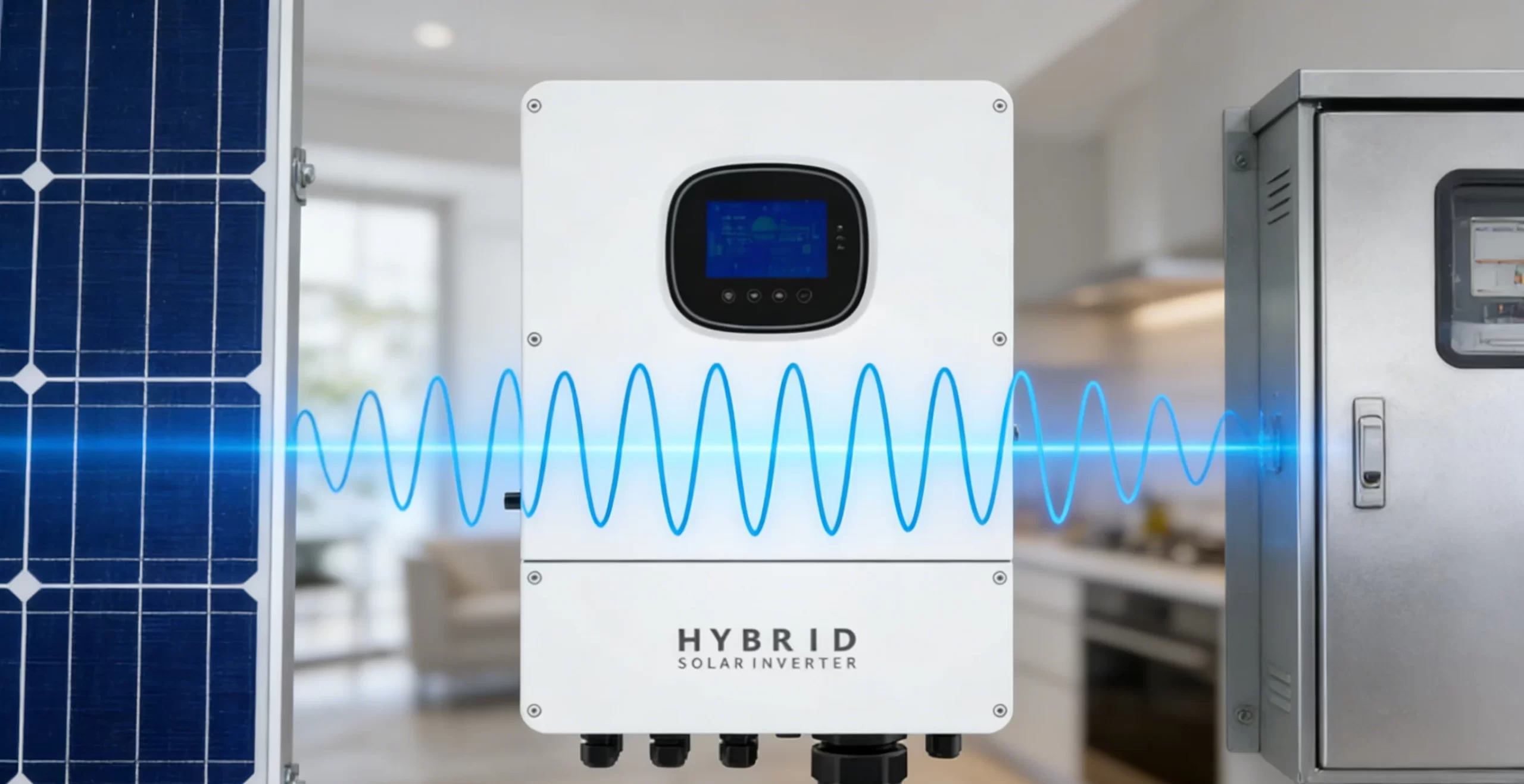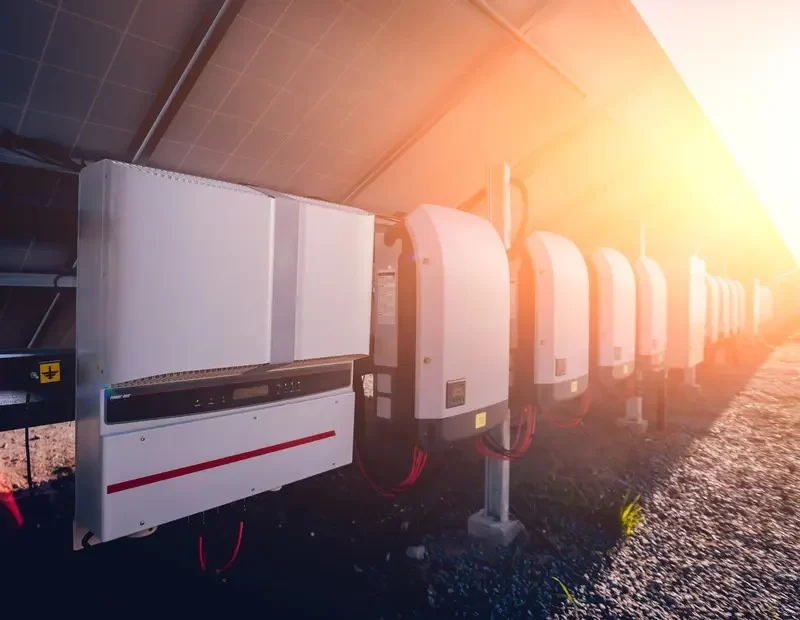- tel:+86-13651638099
- Email: [email protected]
- Official website: www.hj-net.com
- Address: 333 Fengcun Road, Fengxian District, Shanghai
Get A Quote Now!
Efficient Charging Methods for Wall-Mounted Energy Storage Batteries
Wall-mounted energy storage batteries are an essential part of modern solar energy systems. These batteries store solar energy for use when the sun isn’t shining, providing a reliable and sustainable energy solution. In this article, we will explore the best practices for charging wall-mounted energy storage batteries, with a focus on the use of lithium solar batteries, a solar battery bank, and an inverter battery.
Preparing for the Charging Process
Before charging, it’s crucial to ensure that the charging equipment is compatible with your wall-mounted energy storage system. Using a charger designed specifically for lithium solar batteries is essential to avoid potential charging issues and ensure the safety and longevity of the battery.
Step-by-Step Charging Process
Check Battery Status: Before charging, check the battery’s current state of charge. If the battery is extremely low, it might require a small current pre-charge to prevent damage.
Connect Charging Equipment: Ensure that the connections between the charger and the battery are clean and dry to avoid poor contact or short circuits. Properly connect the charging cables to the battery terminals.
Start Charging: Turn on the charger and begin the charging process. Monitor the battery’s state of charge and charging speed, which are typically displayed on the charger. This is crucial for solar battery bank systems to ensure optimal charging efficiency.
Monitor Charging Progress: Keep an eye on the battery during the charging process. If you notice the charging speed slowing down significantly or the charge percentage stagnating, it might indicate an issue with the battery. In such cases, stop the charging process and consult a professional.
Consider Environmental Factors: The temperature and humidity of the charging environment can affect the battery’s performance and safety. Ensure that the area is well-ventilated, dry, and not exposed to direct sunlight. Extreme temperatures or humidity can cause the battery to overheat or short circuit.
Role of Solar Panels and Charge Controllers
Solar panels play a vital role in charging wall-mounted energy storage batteries. Properly installed and positioned solar panels capture sunlight and convert it into electrical energy. This energy is then regulated by a solar charge controller before being stored in the solar battery bank. The charge controller ensures that the lithium solar batteries receive the appropriate voltage and current, optimizing their performance and lifespan.
Using an Inverter for Efficient Power Conversion
An inverter battery is crucial for converting the direct current (DC) power stored in the solar battery bank into alternating current (AC) power, which is used by most household appliances. The inverter also helps regulate the flow of energy to and from the battery, ensuring efficient and safe operation.
Best Practices for Maintaining Battery Health
- Regular Maintenance: Regularly clean the solar panels and ensure that all connections are secure and free from corrosion.
- Optimal Usage: Avoid deep discharges of the battery whenever possible to extend its lifespan.
- Monitoring Systems: Use monitoring systems to track the health and performance of your lithium solar batteriesand the overall system.
Conclusion
Understanding how to charge wall-mounted energy storage batteries properly is crucial for maximizing their efficiency and lifespan. By following best practices and utilizing the right components, such as lithium solar batteries, a solar battery bank, and an inverter battery, homeowners can ensure their solar energy systems are both effective and reliable. Embracing these technologies not only benefits individual households but also supports broader environmental goals, promoting a cleaner and greener future.
Explore our advanced solar battery banks and inverter batteries for efficient energy storage. Learn More







